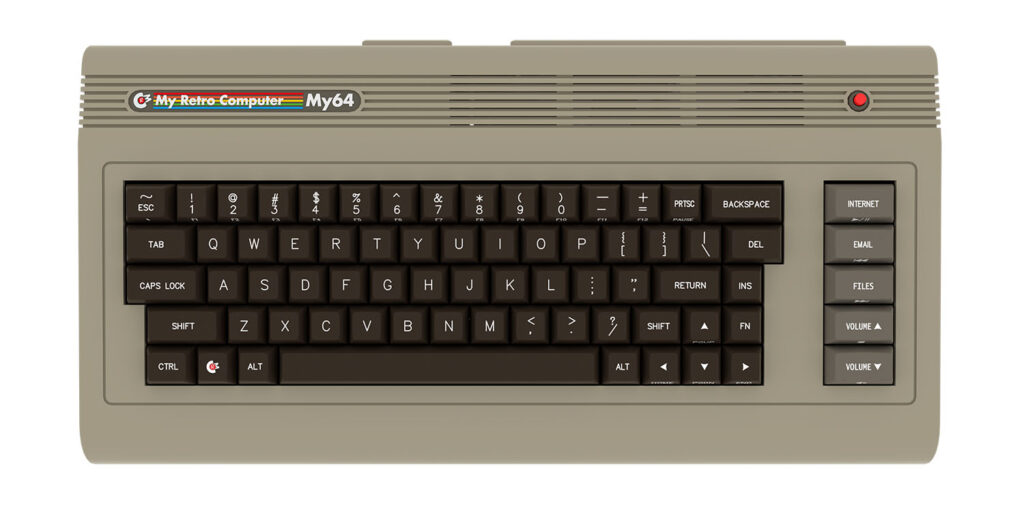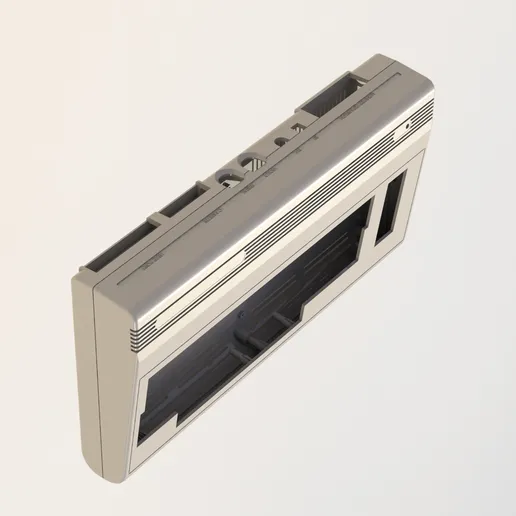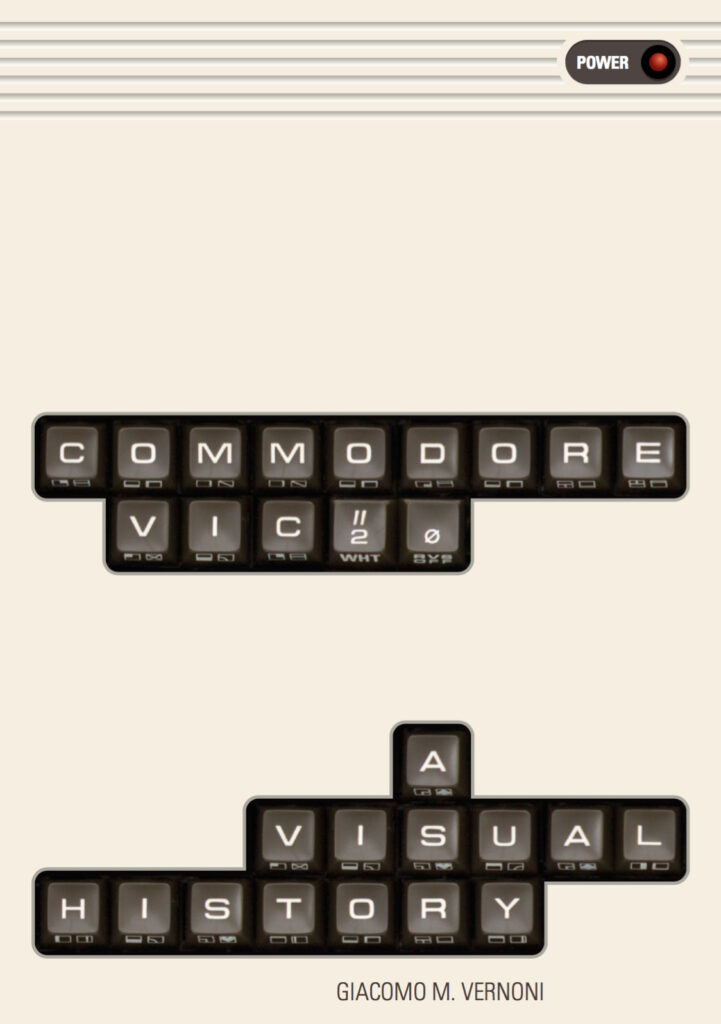Evolution of design: The Commodore VIC 20 and its Bread-bin case (1980)
Commodore’s VIC 20 introduced the world to the “bread-bin”, and started with the VC-1001 release (VIC 20) in Japan in 1980. The Commodore 64 shared the same basic look with only minor changes to the port cutouts, but moulded in a darker brown hue straight up through the release of Commodore 64C (compact) in 1986.



The release of the Commodore 16 again leveraged the bread-bin, except in a pair of charcoal shades, one for the US Market and another for European markets.
Across the span of 6 years, Commodore released 3 bread-bin computers and more than a dozen revisions including the low-cost models, changes to venting, and other derivations.
Here are a few bread-bin tributes and commercial products:

My Retro Computer provides a kit to allow users to build a modern PC in a retro shell.

Retro Games Ltd. offer this ‘mini’ version and a full size (with working keyboard) C64 spin-off, replete with bundled games, USB support, and a knock-off competition-style joystick.

Print your own bread-bin case from cults3d here.
The VIC 20 in front of you is an early example, distinctive because of the Commodore PET keyboard (flat top and ‘block’ font). Prior to the refinement and cost cutting that volume production would bring, Commodore took a modified PET keyboard, removed the 10-key keypad, and improvised a set of F1 .. F8 function keys.
The cost reduced model (and all bread-bin models that would following including the C64 and C16) leveraged the concave top contoured keys that most of us remember.

Our ‘library’ contains Giacomo M. Vernoni’s “A Visual History” book, which chronicles every version of VIC 20 cases, circuit board revisions, in addition to a fairly comprehensive collection of peripheral and software pictures and descriptions.